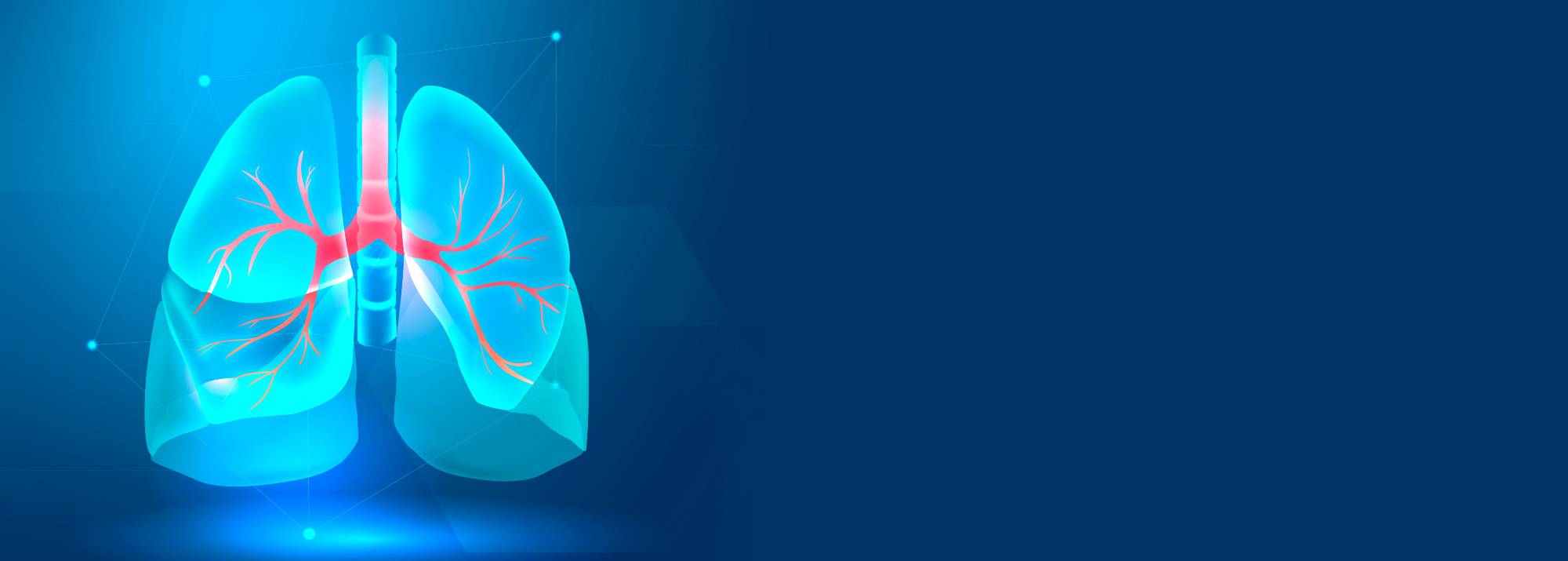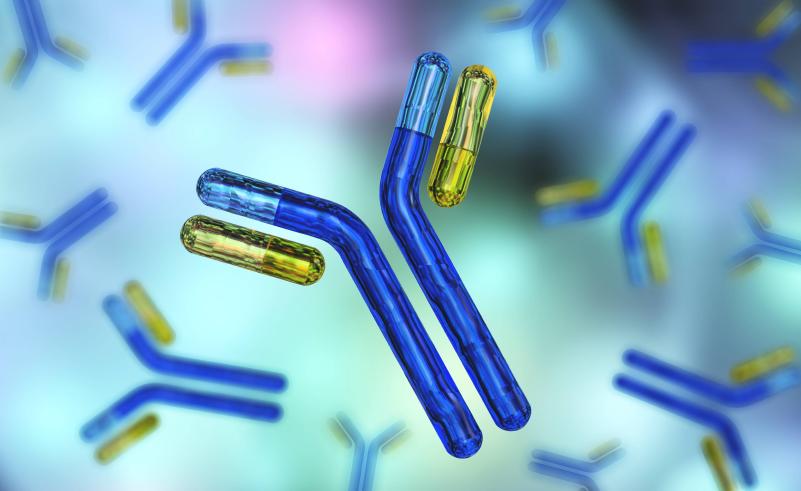
Interstitial lung abnormalities: new insights between theory and clinical practice
Interstitial lung abnormalities (ILA) refer to a group of diseases characterized by abnormal thickening of the interstitium, the tissue surrounding the air sacs in the lungs. The interstitium is an important structure that plays a crucial role in supporting the air sacs and facilitating the exchange of oxygen and carbon dioxide between the lungs and the bloodstream.
ILA can lead to progressive scarring of the lung tissue, which can result in difficulty breathing and decreased lung function.
ILA is a broad term that encompasses a wide range of conditions, including idiopathic pulmonary fibrosis (IPF), sarcoidosis, and non-specific interstitial pneumonia (NSIP). These conditions have different causes and clinical presentations, but they all involve abnormal thickening of the interstitium, which can make it difficult for the lungs to function properly.
The exact causes of Interstitial lung abnormalities (ILA) are not yet fully understood, but they are believed to involve a complex interplay between genetic and environmental factors. Some of the genetic factors that have been implicated in the development of ILA include mutations in genes that regulate the immune system, cell growth, and tissue repair.
Environmental factors that have been linked to ILA include exposure to tobacco smoke, air pollution, and certain occupational dusts and chemicals.Despite the progress that has been made in our understanding of the underlying mechanisms of ILA, there is still much to be learned about these diseases. One of the main challenges in studying ILA is the lack of a definitive diagnostic test.
Diagnosing ILA often requires a combination of imaging studies, such as computed tomography (CT) scans and biopsy of the lung tissue, which can be invasive and time-consuming.In recent years, there have been significant advances in our understanding of the molecular and cellular mechanisms of Interstitial lung abnormalities (ILA), which have led to new insights into the diagnosis and treatment of these conditions.
For example, researchers have identified specific genetic mutations that are associated with the development of ILA, and they are working to develop targeted therapies that can block the expression of these genes.
In addition, new imaging techniques, such as positron emission tomography (PET) scans, have been developed that can more accurately diagnose ILA and monitor the progression of the disease. These imaging techniques allow for early detection of ILA and can help to guide the development of new treatments.
Despite these advances, the management of Interstitial lung abnormalities (ILA) remains a major challenge for healthcare providers. There is currently no cure for ILA, and treatment options are limited to managing the symptoms of the disease and slowing its progression. This often involves a combination of medications, such as corticosteroids and immunosuppressants, and oxygen therapy to help improve breathing and quality of life.
In clinical practice, healthcare providers must be vigilant in their efforts to identify individuals at risk for ILA and diagnose the condition as early as possible. This requires a multidisciplinary approach, including close collaboration between pulmonologists, radiologists, and geneticists, to ensure that patients receive the most effective and comprehensive care possible.
By working together, we can make progress in our understanding of ILA and improve the lives of those affected by this debilitating condition.
Visit DocMode for Courses and lectures











